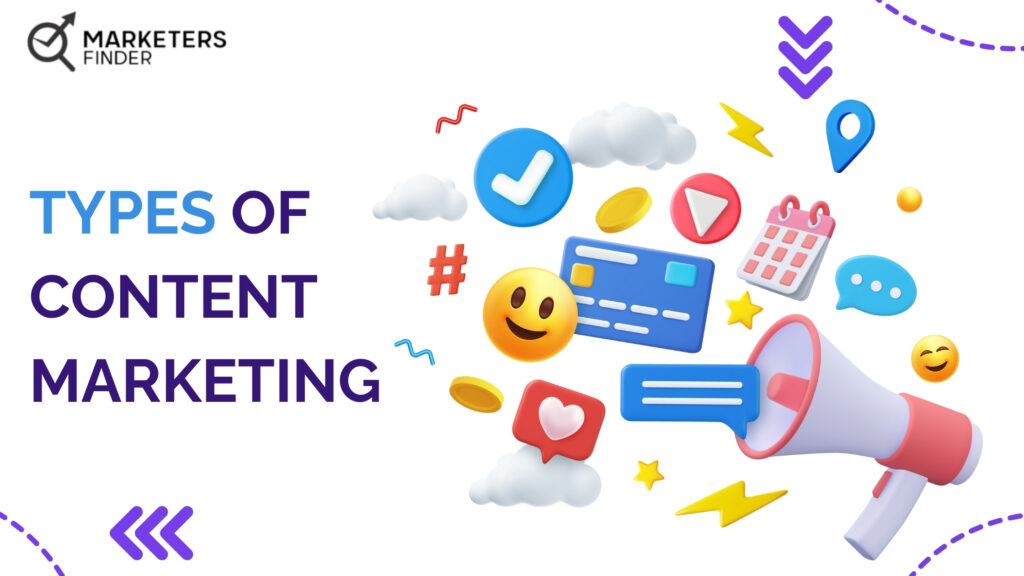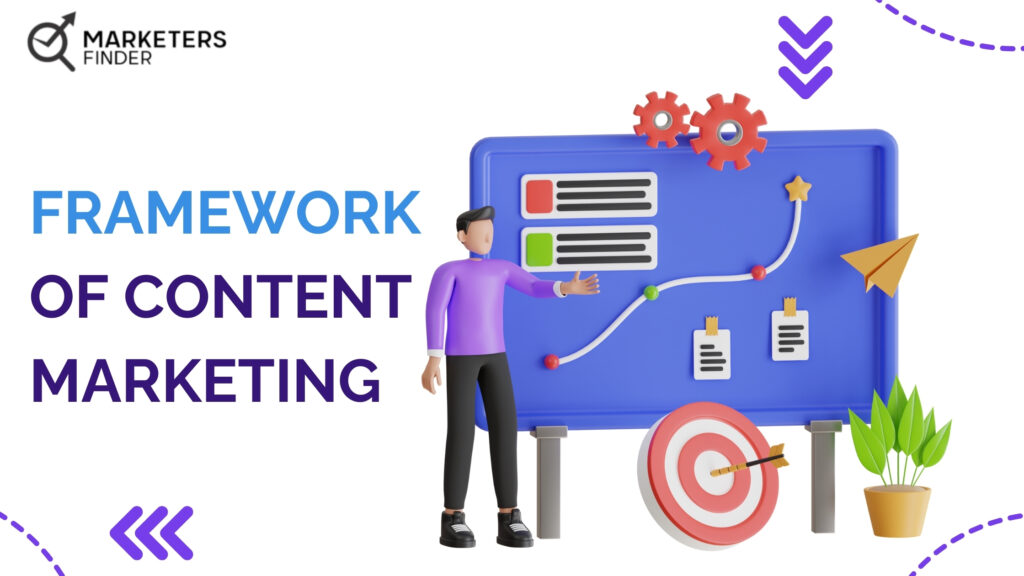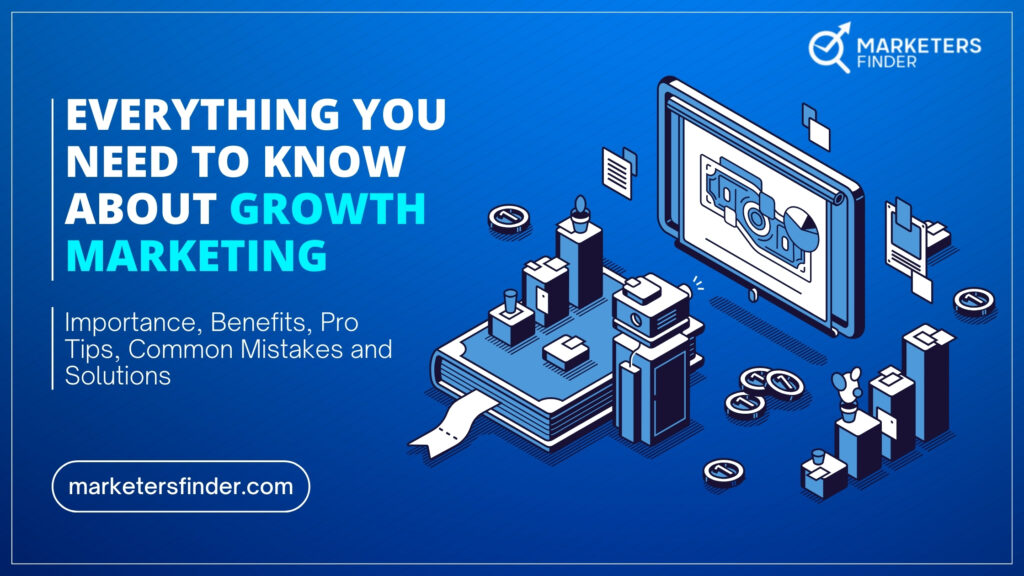Content Marketing: All You Need To Know
Introduction to Content Marketing

Definition of Content Marketing
Content marketing is a strategic approach focused on creating and distributing valuable, relevant, and consistent content to attract and engage a clearly defined audience. The ultimate goal is to drive profitable customer action.
Overview of Content Marketing Strategies
Content marketing strategies revolve around understanding the target audience and providing them with content that meets their needs and interests. This includes:
- Identifying Audience Needs: Researching and understanding the audience’s pain points, interests, and preferences.
- Creating Valuable Content: Developing content that is informative, entertaining, or otherwise valuable to the audience.
- Distributing Content Effectively: Sharing content through the right channels to reach the target audience effectively.
Historical Context and Evolution
Content marketing has evolved from traditional marketing practices, focusing more on the digital landscape and leveraging various online platforms to reach and engage audiences.
Core Principles of Content Marketing
- Customer-Centric Approach: Prioritizing the needs and interests of the audience.
- Consistency: Maintaining a consistent voice, tone, and publishing schedule.
- Value-Driven: Ensuring all content provides genuine value to the audience.
Key Metrics and KPIs in Content Marketing
- Engagement: Measuring how the audience interacts with the content (likes, shares, comments).
- Traffic: Monitoring the number of visitors to content pieces.
- Conversion Rate: Tracking how content leads to desired actions, such as signing up for a newsletter or making a purchase.
Why Content Marketing Is So Important?

Building Strong Customer Relationships
Content marketing fosters strong relationships with customers by providing them with valuable information and engaging content. This helps build trust and loyalty over time.
Enhancing Brand Awareness and Authority
- Brand Awareness: Consistently creating and sharing valuable content helps increase the visibility of your brand.
- Authority: Providing expert insights and valuable information positions your brand as a thought leader in your industry.
Driving Customer Engagement
Engaging content encourages interaction and engagement from your audience, leading to higher levels of customer interaction and brand affinity.
Supporting Other Marketing Strategies
Content marketing complements and enhances other marketing strategies, such as social media marketing, SEO, and email marketing, by providing valuable content that can be shared across multiple platforms.
Improving SEO Performance
- Keyword Integration: Using targeted keywords in your content helps improve your search engine rankings.
- Backlinks: High-quality content attracts backlinks from other websites, further boosting your SEO efforts.
Generating Leads and Conversions
Effective content marketing drives traffic to your website, where visitors can be converted into leads and customers through well-placed calls-to-action (CTAs) and engaging content.
Key Elements of Content Marketing

Content Creation and Curation
- Content Creation: Developing original content tailored to your audience’s needs and interests, including blog posts, videos, infographics, and more.
- Content Curation: Selecting and sharing relevant content created by others to provide additional value to your audience and establish your brand as a reliable information source.
Content Distribution Channels
To maximize reach, distribute content across multiple channels:
- Website and Blog: The primary platform for hosting your content.
- Social Media: Platforms like Facebook, Twitter, LinkedIn, and Instagram for sharing and promoting content.
- Email Marketing: Sending newsletters and updates directly to your audience’s inboxes.
- Third-party Publications: Guest posting on other websites and industry publications.
Audience Segmentation
Identifying different segments of your audience allows for more targeted and effective content marketing. Tailor content to specific groups based on demographics, behavior, and interests.
Content Calendar
Planning and scheduling content in advance ensures consistency and allows for strategic alignment with marketing goals and events. A content calendar helps in organizing the production and distribution process.
Performance Measurement
Tracking key metrics and KPIs is crucial to evaluate the effectiveness of content marketing efforts:
- Engagement Metrics: Likes, shares, comments, and other forms of interaction.
- Traffic Metrics: Page views, unique visitors, and time spent on content.
- Conversion Metrics: Lead generation, sales, and other desired actions.
Types of Content Marketing

Blogs
Blogging is one of the most popular forms of content marketing. It allows businesses to share in-depth articles, industry insights, and valuable information that educates and engages their audience.
Videos
Video content is highly engaging and versatile, suitable for tutorials, product demos, customer testimonials, and more. Videos can be shared across multiple platforms, including YouTube, social media, and websites.
Infographics
Infographics combine visuals and text to present complex information in an easy-to-understand format. They are particularly effective for sharing statistics, processes, and comparisons.
Social Media Posts
Social media platforms are ideal for sharing bite-sized content that drives engagement and interaction. This includes status updates, images, stories, and live streams.
E-books and Whitepapers
These long-form content pieces provide in-depth information on specific topics. E-books and whitepapers are often used as lead magnets to capture contact information from potential customers.
Content Marketing Frameworks

AIDA (Attention, Interest, Desire, Action)
- Attention: Capturing the audience’s attention through eye-catching headlines or visuals.
- Interest: Maintaining interest by providing valuable and relevant information.
- Desire: Creating a desire for the product or service by highlighting benefits and features.
- Action: Encouraging the audience to take a specific action, such as making a purchase or signing up for a newsletter.
Content Marketing Funnel
- Top of Funnel (TOFU): Content aimed at raising awareness and attracting a broad audience (e.g., blog posts, social media updates).
- Middle of Funnel (MOFU): Content designed to engage and educate prospects (e.g., e-books, webinars).
- Bottom of Funnel (BOFU): Content that encourages conversions and sales (e.g., case studies, product demos).
Benefits of Content Marketing

Increased Website Traffic
High-quality content attracts visitors to your website, improving overall traffic. Regularly updated blogs and engaging content keep your audience coming back for more.
Higher Conversion Rates
Content marketing helps in guiding potential customers through the buying process, increasing the likelihood of conversions. Effective CTAs within valuable content drive actions like purchases or sign-ups.
Improved SEO Performance
- Keyword Optimization: Content with relevant keywords improves search engine rankings.
- Backlink Generation: High-quality content earns backlinks, boosting SEO.
Enhanced Brand Loyalty
Consistent and valuable content builds trust and loyalty among your audience. Engaged customers are more likely to become repeat buyers and brand advocates.
Cost-Effective Marketing
Compared to traditional marketing methods, content marketing is more cost-effective, offering higher returns on investment through organic growth and customer retention.
Developing a Content Marketing Plan

Setting Goals and KPIs
Establish clear, measurable goals for your content marketing efforts, such as increasing website traffic, generating leads, or boosting engagement. Define key performance indicators (KPIs) to track progress toward these goals.
Audience Research and Segmentation
- Audience Analysis: Understand the demographics, interests, and behaviors of your target audience.
- Segmentation: Divide your audience into segments based on specific criteria to tailor content more effectively.
Content Calendar and Scheduling
Create a content calendar to plan and schedule your content production and distribution. This helps ensure consistency and alignment with your marketing strategy.
Content Creation and Distribution
- Content Types: Decide on the types of content to create based on your audience and goals.
- Distribution Channels: Select the appropriate channels for distributing your content to reach your target audience effectively.
Professional Tips and Tricks

Leveraging Data Analytics
- Performance Tracking: Use analytics tools to monitor the performance of your content.
- Insights and Adjustments: Analyze data to gain insights and make necessary adjustments to your content strategy.
Creating Engaging and Shareable Content
- Audience Relevance: Ensure your content is relevant and valuable to your audience.
- Visual Elements: Incorporate images, videos, and infographics to make content more engaging.
Repurposing Content for Different Platforms
- Content Adaptation: Modify existing content to fit various platforms (e.g., turning a blog post into a video).
- Maximize Reach: Repurposing helps reach different audience segments across multiple channels.
Common Mistakes and Solutions

Avoiding Low-Quality Content
- Solution: Focus on producing high-quality, valuable content that addresses your audience’s needs and interests.
Ensuring Consistency Across Channels
- Solution: Maintain a consistent voice, tone, and branding across all content and distribution channels.
Balancing Promotional and Informative Content
- Solution: Strike a balance between promotional content and informative, value-driven content to keep your audience engaged without overwhelming them with sales messages.
Neglecting SEO Best Practices
- Solution: Integrate SEO best practices into your content creation process, including keyword research, on-page optimization, and link building.
Case Studies and Examples

Success Stories from Leading Brands
- HubSpot: Leveraged a comprehensive content marketing strategy to attract and engage their target audience, resulting in significant growth in leads and customer acquisition.
- Coca-Cola: Used storytelling and user-generated content to build a strong emotional connection with their audience, enhancing brand loyalty and engagement.
Lessons Learned from Failed Campaigns
- Example of Over-Promotion: A company heavily focused on promotional content without providing value, leading to audience disengagement and negative feedback.
- Solution: Maintain a balance between promotional and informative content to keep the audience engaged.
Conclusion

Recap of Key Points
- Content marketing involves creating and distributing valuable, relevant content to attract and engage a target audience.
- It is essential for building strong customer relationships, enhancing brand awareness, and driving customer engagement.
- Effective content marketing requires careful planning, audience research, and continuous optimization.
- Utilizing various content types and leveraging frameworks like AIDA and the content marketing funnel can enhance strategy effectiveness.
- Benefits include increased website traffic, higher conversion rates, and improved SEO performance.
Final Thoughts on Content Marketing
Content marketing is a powerful tool for businesses to connect with their audience, drive growth, and achieve long-term success. By focusing on quality content, consistent execution, and continuous improvement, businesses can harness the full potential of content marketing.
Follow Us On LinkedIn To Get All Updates In Time.


